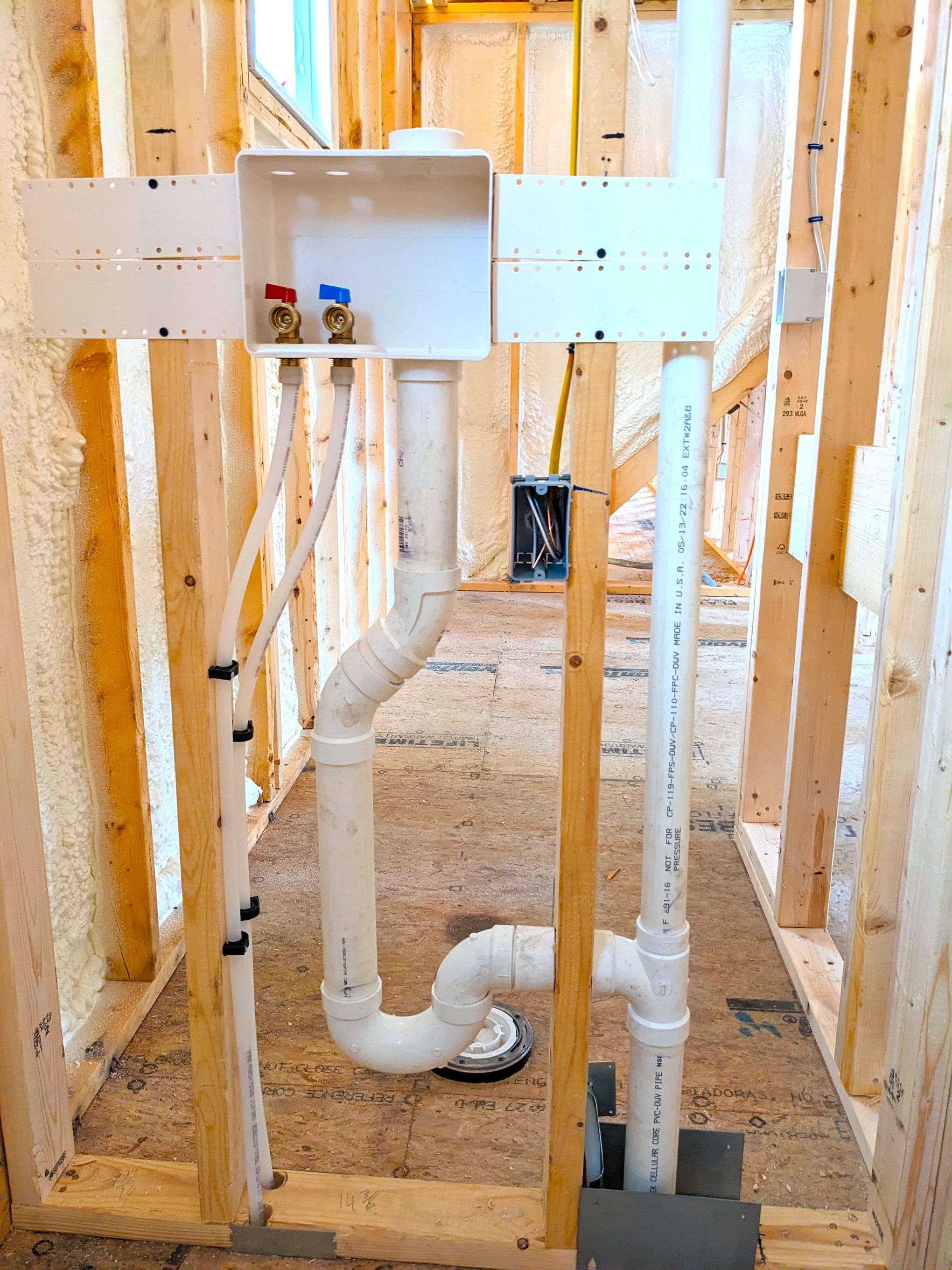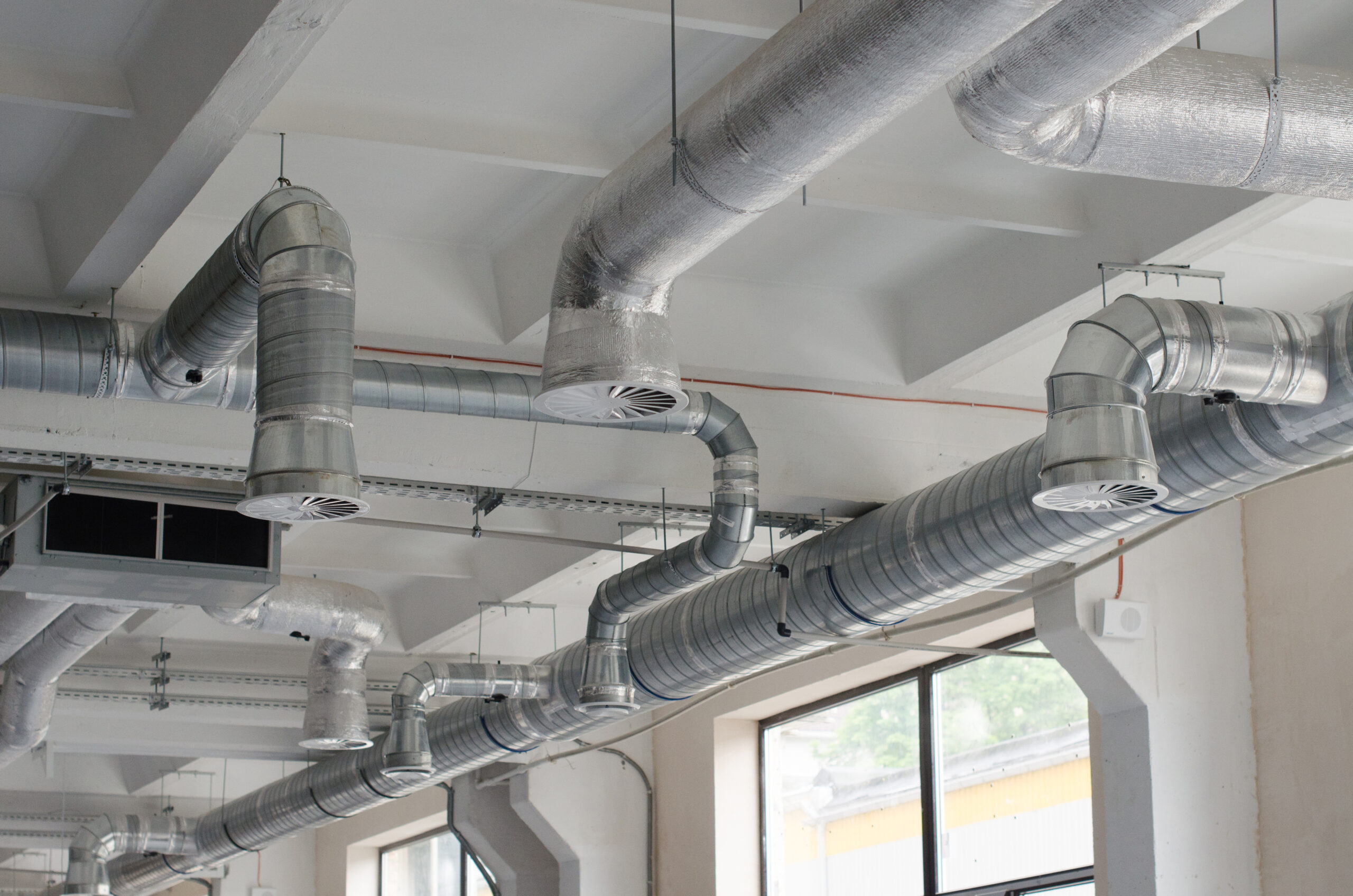The Essential Role of Adequate Ventilation in Plumbing Systems
The Essential Role of Adequate Ventilation in Plumbing Systems
Blog Article
The writer is making a number of great pointers relating to Essential Plumbing Vent Pipes: Understanding Their Role as a whole in this content below.

Proper air flow in plumbing systems is often ignored, yet it is essential for keeping the functionality and safety and security of your home's plumbing. Air flow helps manage atmospheric pressure, protect against the accumulation of dangerous gases, and make certain the reliable removal of waste. In this overview, we will check out the importance of appropriate plumbing air flow, exactly how it functions, and the advantages it gives your pipes system.
Just How Ventilation Functions in Plumbing Equipments
Air Pressure Law
Proper air flow keeps balanced atmospheric pressure within the pipes system. When water flows through pipelines, it displaces air. Without sufficient air flow, this displacement can produce adverse stress, leading to slow drains or siphoning of water from catches, which can cause unpleasant smells to seep right into the home.
Protecting Against Sewage System Gas Accumulation
One of the most crucial features of plumbing vents is to prevent drain gases, such as methane and hydrogen sulfide, from gathering within the home. These gases can present major wellness dangers and are very combustible. Vent pipes permit these gases to leave safely outdoors.
Helping in Waste Elimination
Ventilation aids in the effective elimination of wastewater by stopping airlocks in the drainage system. When air can move freely via the vents, it allows water and waste to move smoothly via the pipes, reducing the risk of blockages and back-ups.
Advantages of Correct Ventilation
Enhanced System Effectiveness
Effectively aerated pipes systems run more efficiently, with fewer clogs, faster draining pipes, and much less pressure on the pipelines. This performance expands the lifespan of the plumbing system.
Improved Air Top Quality
By protecting against sewage system gases from entering your home, correct air flow adds to far better indoor air top quality, making your living atmosphere healthier and much more comfortable.
Stopping Water Damage
Adequate ventilation helps stop water from being siphoned out of catches, which can cause sewer gases getting in the home and triggering water damage over time.
Steps to Make Sure Proper Ventilation
Consulting Pipes Codes
Always consult neighborhood plumbing codes when creating or modifying your pipes system. These codes offer the essential guidelines for correct venting and ensure your system satisfies safety requirements.
Normal Assessment and Upkeep
Normal assessments can help identify prospective air flow issues before they end up being significant problems. Maintenance jobs, such as cleaning up air vent pipelines and checking for clogs, are essential for keeping the system in good working order.
Professional Installment
For brand-new setups or significant modifications, it's a good idea to work with a specialist plumbing technician. They have the proficiency to make certain the ventilation system is correctly made and set up according to code.
Understanding Ventilation in Plumbing
Air flow in plumbing describes the network of pipes that allow air to move with the drain system. These vents offer several functions, including regulating air pressure within the pipelines, avoiding drain gases from getting in the home, and aiding in the smooth flow of wastewater.
Sorts Of Pipes Vents
Key Heap Vent
The primary pile air vent, also called the air vent pile, is the primary air vent in a pipes system. It expands from the primary drain line up through the roofing system, enabling gases to leave and fresh air to enter the system.
Branch Vent
Branch vents attach to the major pile vent and offer individual components, such as sinks, commodes, and showers. These vents guarantee that each component has sufficient air flow to work appropriately.
Air Admission Valve (AAV).
An Air Admission Valve (AAV) is a one-way valve that permits air to enter the pipes system without the demand for a conventional air vent pipe prolonging via the roofing system. AAVs are generally used in restorations or areas where setting up a typical air vent is impractical.
Indications of Poor Ventilation in Plumbing.
Slow Draining Fixtures.
If your sinks, bathtubs, or commodes are draining slowly, it could be a sign of inadequate ventilation. Insufficient air circulation can develop a vacuum impact, making it tough for water to drain appropriately.
Gurgling Sounds.
Gurgling sounds originating from drains pipes are usually an outcome of air being sucked via water catches because of negative stress in the pipes. This is a clear indication of inadequate air flow.
Unpleasant Odors.
Sewage system odors inside your home are a warning that your plumbing system is not effectively ventilated. This might suggest that sewer gases are not being appropriately aired vent outside, bring about possibly hazardous problems.
Usual Air Flow Blunders.
Poor Vent Sizing.
Using undersized vent pipelines can bring about inadequate air flow and stress imbalances in the system. It's vital to make use of vents that meet the specific needs of your plumbing system.
Improper Vent Placement.
Positioning vents also much from the components they serve can decrease their efficiency. Appropriate placement makes sure that air can stream easily and effectively through the system.
Ignoring Code Requirements.
Building codes give certain guidelines for plumbing air flow. Disregarding these codes can result in a system that falls short to work correctly and might cause pricey repair services or health hazards.
Conclusion.
Appropriate air flow is a crucial part of any type of pipes system, ensuring that it works successfully and safely. By comprehending the relevance of air flow, recognizing the indications of bad air flow, and taking actions to maintain your system, you can prevent costly problems and secure your home's air top quality.
4 Things You Should Know About Your Plumbing Vents
What Plumbing Vents Are
Also called a vent stack, a plumbing vent is a vertical pipe attached to your drain line that runs through your roof. The plumbing vent pipe, or plumbing air vent, removes gas and odors from your plumbing system and allows fresh air to enter the pipes, helping the water to flow out of the drain pipes.
What Plumbing Vents Do
Plumbing vents have two basic functions. One of which is to allow unpleasant smelling wastewater and sewer gasses to escape your plumbing system instead of entering your home. Plumbing vent pipes are typically located on roofs, away from windows, to ensure the fumes exit the home completely.
The other function of the plumbing vent is to move fresh air into your plumbing system. This helps move water through every plumbing fixture in your house, like toilets and sink drains. Think of the way in which you need to let a little air into the bottle as you pour soda in order to make the drink flow smoothly.
Different Types of Plumbing Vents
True vent: This is the most common vent option. In simplest terms, a true vent is a vertical pipe attached to your drain line that exits through the roof. They often function as the main vent that other fixtures can connect to. Re-vent pipe or auxiliary vent: Attached to the drain line near specific plumbing fixtures, re-vent pipes run up and over to connect to the main vent. Common vent: Two plumbing fixtures installed on opposite sides of a wall are typically tied into the vent stack using something known as a sanitary cross. Wet vent: This venting option operates as a drain pipe and a vent at the same time. Wet vent drainage systems drain water from one fixture while venting the air from another. Although they’ve been used for over 100 years, wet vent systems have only recently been added to the plumbing code in many areas. If you’re planning on installing one in a bathroom remodel, make sure you check your local code prior to construction. Loop vent: For free-standing fixtures like kitchen island sinks, loop vents are ideal. These vent pipes run under the floor, rise from the P-trap, and create a loop inside the cabinet sink. Air admittance valve: An AAV is a one-way mechanical valve typically installed at the site of the plumbing fixture. AAVs allow venting to occur without having to tie into a larger venting system. They’re ideal for venting fixtures where you aren’t able to easily connect to an existing vent system. Common Plumbing Vent Issues
Although vent pipes typically don’t have water flowing through them, they’re still subject to many typical plumbing issues. For example, clogs are one of the most common problems associated with sewer vent pipes. If your vent pipe gets clogged, all of your plumbing fixtures tied into the vent stack will be affected.
A sink with a slow drain that bubbles and gurgles or a strong sewage smell around your toilet are both indicators that your toilet vent pipe is clogged. Because most vent pipes exit through the roof, old leaves, twigs or even a bird’s nest could be clogging the pipe.
Clogs in your vent pipe system cause a buildup of negative pressure, meaning that water won’t be able to flow out of your home very well. It’s similar to putting your finger over the opening of a straw to trap water inside. When you remove your finger, the water is able to flow out of the straw.
If you suspect you have any blockage in your vent, make sure you have a professional come examine the situation. Left unchecked, a blocked air vent can lead to other costly repairs, like leaks and sediment buildup.
Under Pressure
Pipe vents are essential aspects of a home’s plumbing system. Owning a home means learning about all sorts of things you never put much thought into before. But by understanding as much as you can about the important systems of your home, you can keep those budgets intact and those anxiety levels low.
https://www.homeserve.com/en-us/blog/home-improvement/plumbing-vents/

Hopefully you enjoyed reading our post about . Thanks for finding the time to browse our post. Do you know about somebody else who is fascinated by the subject? Feel free to share it. I truly appreciate reading our article about The Upsides of Proper Ventilation in Plumbing Design.
Call Today Report this page